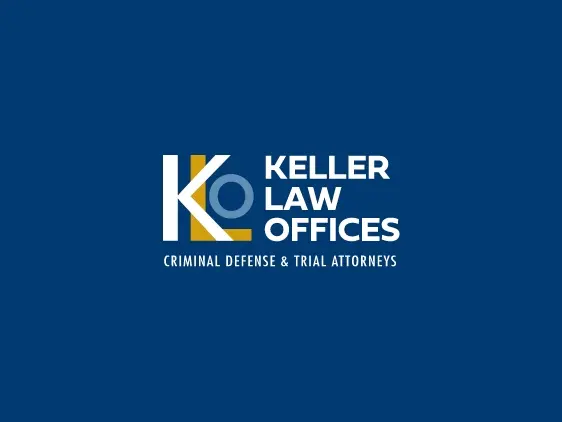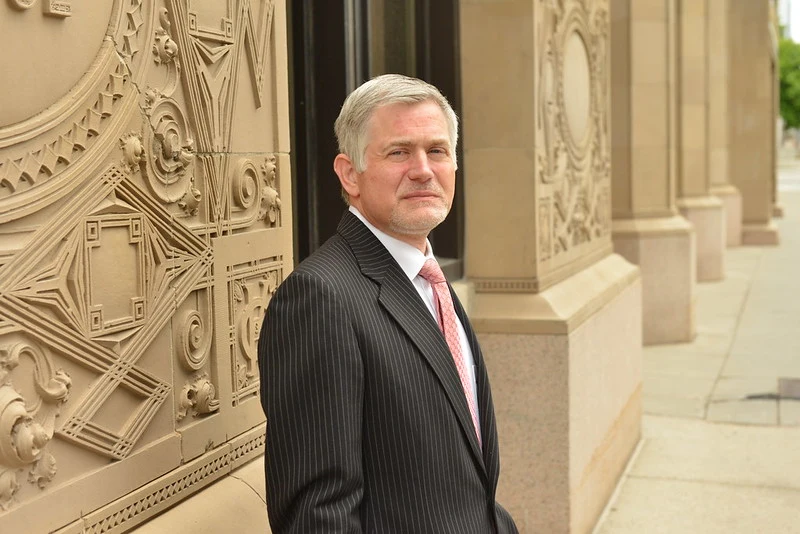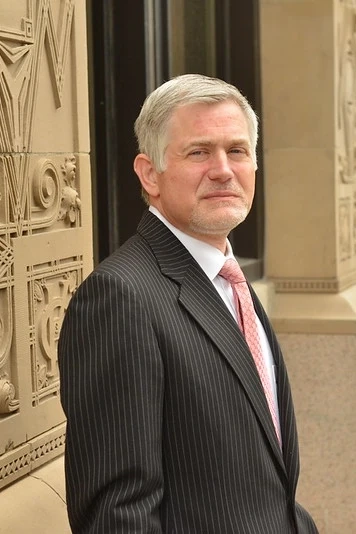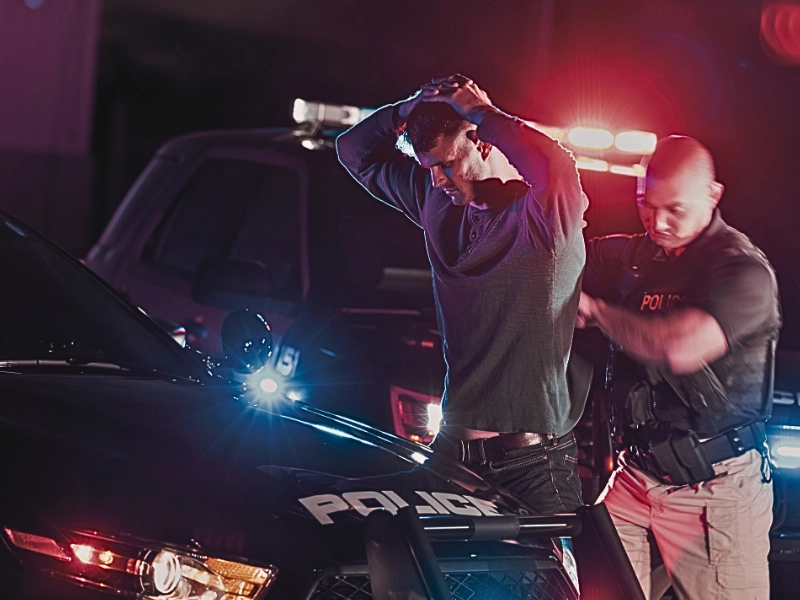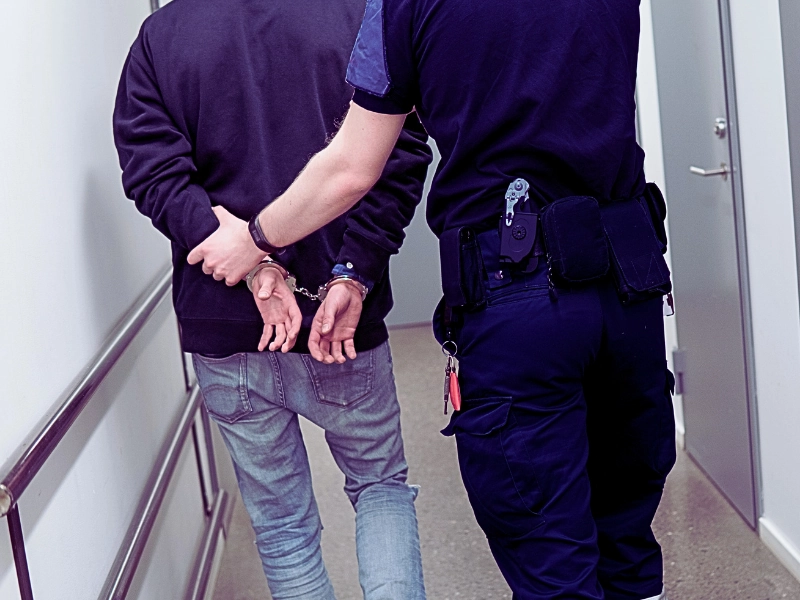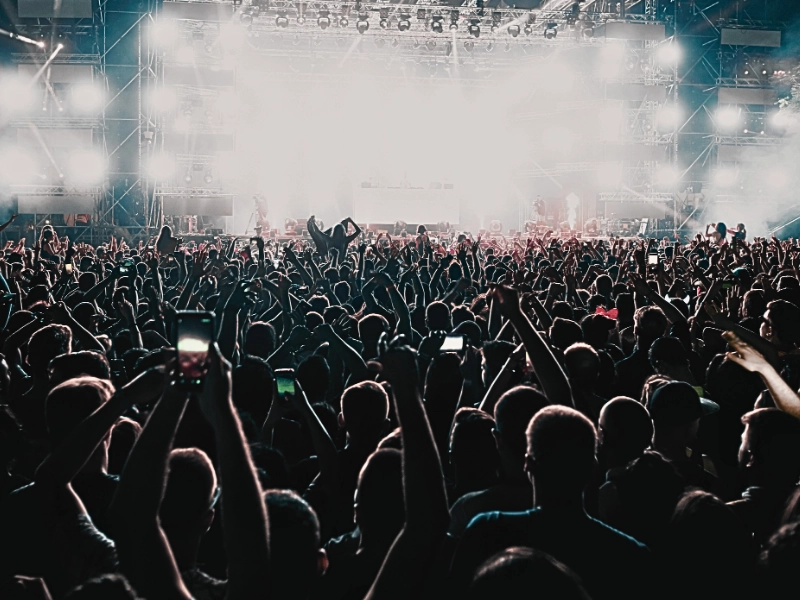Sex trafficking victims are often arrested in prostitution stings and charged with a criminal misdemeanor or felony offenses because they are wrongly identified within the criminal justice system.
(Article continues below infographic)
______
Table of Contents
Recognizing Sex Trafficking Victims
According to sex crime statistics in America, many people arrested for prostitution are victims of sexual exploitation by human traffickers. Teenagers and young people are very vulnerable to sex trafficking, especially if they are homeless and living on the streets. Studies show that 50 percent of homeless youth have engaged in survival sex, providing sex in exchange for food, shelter, and money. Young pimps commonly use fake romantic interests, promises of false jobs, and the lure of money and success to entice young people into a life of forced confinement and psychological coercion.
A recent FBI sex trafficking operation in California arrested 99 pimps and more than 650 adults for prostitution-related charges. They also rescued 84 minors who were sex trafficking victims including an infant and her 3-year old sister who were scheduled for sale to sex buyers for $600. A 2014 study on Minnesota sex trafficking for minors shows that sales often occur at hotels in Minneapolis suburbs, at sex buyers’ homes, and on streets with easy access to drivers, bus routes, and public parks. In the Twin Cities, victims are often sold or transferred to perpetrators through structured business operations like adult bookstores, strip clubs, massage parlors, and closed sex buyer networks found on the dark web.
To prevent arrests and criminal charges for sex-trafficking victims, the FBI and the federal government urge states to adopt Safe Harbor Laws that serve four important purposes:
- Protecting minors against criminal charges for prostitution
- Reclassifying minors as sexually exploited children or victims of sex trafficking
- Routing sex trafficking victims from delinquency to supportive services
- Providing specialized services for the sexual exploitation of children
By adopting or developing Safe Harbor Laws, states can also help adults who have fallen into prostitution through forms of coercion by pimps and sex traffickers. Cities must promote sex trafficking prevention to teenagers and youth through middle school and high school programs that outline recognition and dangers of pimps and coercion measures. Communities must develop programs that help people at higher risk of committing sex crimes or becoming sex trafficking victims due to personal or economic circumstances.

